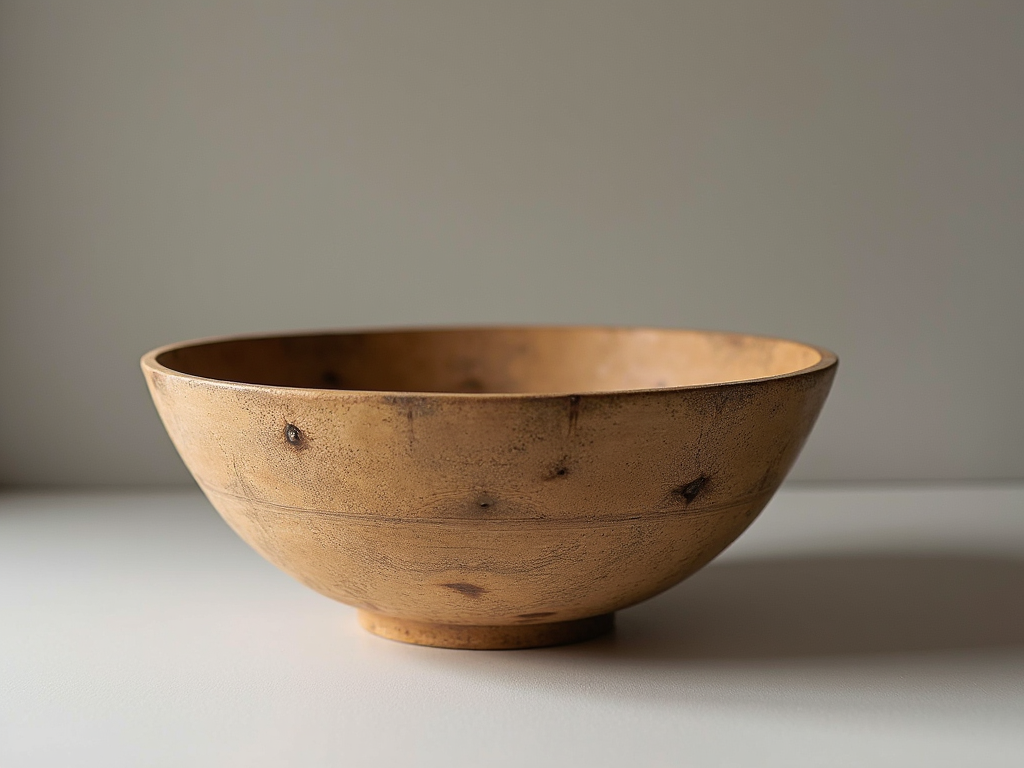Quick facts
Can't find the answer you're looking for? Please get in touch with our friendly team.
What bowls do professionals use?
Professionals often use high-quality mixing bowls made from stainless steel, glass, or ceramic. Stainless steel is durable and non-reactive, while glass allows for easy visibility. Ceramic bowls are favored for their aesthetic appeal and heat retention, making them suitable for various culinary tasks.
What is a cream bowl used for?
A cream bowl is typically used to serve cream or sauces, often alongside desserts or breakfast dishes. It can also serve as a decorative piece in home decor, adding a touch of elegance to dining settings or kitchen displays.
What are the three basic types of bowl?
The three basic types of bowls are mixing bowls, which are used for food preparation; serving bowls, designed for presenting food; and decorative bowls, which enhance home decor. Each type serves a unique purpose in kitchens and living spaces.
Which type of bowl is best?
The best type of bowl depends on its use. For serving, ceramic or glass bowls are popular for their aesthetic appeal. For mixing, stainless steel bowls are durable and easy to clean. For decorative purposes, wooden or decorative bowls can enhance your home decor.
What are those Japanese bowls called?
Those Japanese bowls are commonly called 'donburi' bowls. They are typically used for serving rice dishes and come in various styles and sizes. Another type is 'chawan,' which is used for serving tea or rice. Both are popular in Japanese dining.
What make of bowls do the professionals use?
Professionals often use high-quality ceramic or glass bowls from brands like Emile Henry, Le Creuset, or Pyrex. These brands are known for their durability, aesthetic appeal, and versatility in both cooking and serving, making them popular choices in kitchens and dining settings.
What are the three basic types of bowls?
The three basic types of bowls are mixing bowls, serving bowls, and decorative bowls. Mixing bowls are used for food preparation, serving bowls hold food for sharing, and decorative bowls enhance home decor, often used as centerpieces or accent pieces.
Category Overview
Introduction
Dining bowls serve as essential components in every household, transcending mere utility to enhance the dining experience and foster a sense of comfort during meals. They are not just vessels for food; they cultivate an atmosphere where gatherings can flourish, making each meal a special occasion. Whether it's sharing pasta at a family dinner or serving salad during a casual brunch, dining bowls elevate everyday life by combining practicality with aesthetic appeal.
Functionality
The primary functions of dining bowls are to hold and present food, ranging from salads to soups and desserts. These versatile pieces find their place in various settings—dining rooms, kitchens, and even outdoor picnics. The use of dining bowls extends beyond meals; they can also serve as decorative items or storage solutions for items like fruit or snacks on countertops. Some unique features may include stackability for easy storage or being dishwasher-safe for convenience.
Design & Style
Dining bowls come in an array of styles and materials including ceramic, glass, melamine, and stoneware. You’ll find options that suit varying aesthetics—from rustic farmhouse designs to sleek minimalist looks. Personalization is key; many people choose colors or patterns that complement their existing decor themes—be it modern chic or vintage-inspired. For example, if you’re looking for "stylish serviceware," consider how a hand-painted bowl could add character to your table setting.
Practical Considerations
When selecting the right dining bowl for your home, consider factors such as size, material durability, and your intended usage—whether you need something heavy-duty for daily meals or decorative pieces for special occasions. Pay attention to common pitfalls like mismatched sizes (too small for family servings) or fragile materials that may not withstand repeated use. To maximize functionality, opt for sets that offer different sizes to accommodate various dishes.
Comparison and Alternatives
When exploring dining bowls, comparing materials is crucial: wood offers warmth but requires more maintenance than durable ceramics which are often dishwasher-friendly. Round bowls provide elegance while rectangular options can be more space-efficient on crowded tables. Think about your room's size when deciding on style; larger spaces may benefit from bolder designs while smaller areas might shine with simple elegance.
Trends and Popular Items
Current trends highlight a rise in eco-friendly materials like bamboo and recycled glass alongside classic ceramics adorned with intricate designs—these choices reflect both sustainability and style preferences among consumers today. You might notice customer favorites leaning towards vibrant color palettes or artisanal craftsmanship that brings unique flair to the table setting. In summary, dining bowls are not just functional objects; they enrich the culinary experience while seamlessly blending into diverse home aesthetics—making them indispensable in any kitchen or dining area.


